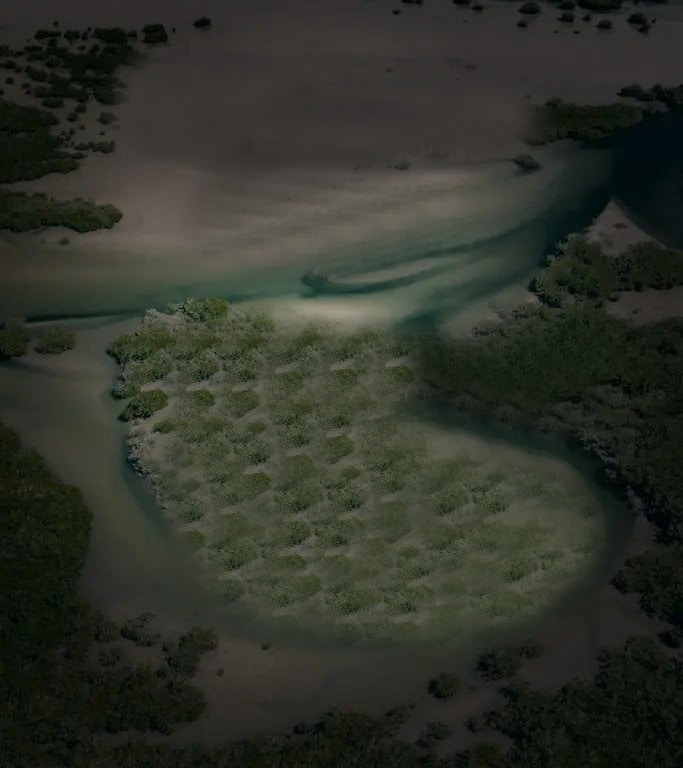The federal government will spend $11.8 million upgrading more than 90 regional airstrips across the country, with remote Queensland townships Julia Creek and Mornington Island among the biggest winners.
Infrastructure and Transport Minister Darren Chester confirmed the latest round of funding as the Australian Airports Association lodged a 2017-18 budget submission warning substantially more was needed to allow facilities to continue operating.
Mr Chester said the funding, the latest round in $33.7m set aside in the 2015-16 budget, would be a major help to the Royal Flying Doctor Service, which used many of the airstrips set to be upgraded. “These vital infrastructure improvements, including new airport lighting, runway resealing and modern satellite-based instrument approaches, are essential to keeping the Royal Flying Doctor Service flying,” Mr Chester said.
The government has set aside $3m for an upgrade of the taxiway, runway lighting, and aerodrome of the airstrip on Mornington Island, in the Gulf of Carpentaria.

North Queensland’s Julia Creek and Bathurst Island in the Northern Territory would receive $1.17m and $1.5m for runway reconstructions while the Mimili Aboriginal community airstrip would receive $125,000 for the erection of a camel proof fence.
In a letter to treasury, AAA chief executive Caroline Wilkie said while the $33.7m regional aviation access program provided “much needed assistance”, there were limitations of the program “both in quantum and eligibility”, meaning it was “far from adequate” to support regional aviation. “State government assistance has been made available in some states. However, funding is often ad-hoc or insufficient for major remediation works to ensure Australian aerodromes continue to operate in a safe and secure manner,” Ms Wilkie writes.
Last September the AAA released a report it commissioned from ACIL Allen Consulting which claimed regional airports were collectively expected to suffer budget deficits of $17m each year for the next decade, leaving a $170m “shortfall in essential infrastructure and maintenance”.
“The AAA has consulted on the report with a number of federal members of parliament, with many acknowledging the challenging environment that regional airports operate within and the need for appropriate government support,” Ms Wilkie wrote in her letter to treasury.
The $11.8m to be announced today had been committed to upgrading airstrips in every state and territory other than the ACT. “Australia’s tyranny of distance is a way of life for many of our most remote communities, and functioning airstrips are often the only reasonable means of transport for freight and urgent services,” Mr Chester said. “Smooth runways or keeping wildlife away from airstrips can make all the difference in a safe landing.”
The Royal Flying Doctors Service of Australia was the applicant behind 41 of the runways to be upgraded in the latest spend, almost half of all projects to be undertaken. Chief executive Martin Laverty said the funding meant the service would be better able to deliver emergency care to “injured or ill Australians across 91 frequently used airstrips”.
“It’s common for emus or kangaroos to disrupt aircraft landings on unfenced airstrips during medical emergencies in remote areas,” Mr Laverty said.
“Night landings on some airstrips are also hindered where there is no lighting.” In NSW 32 airstrips would have lighting installed or repaired or RNAV Area Navigation systems installed as a result of Royal Flying Doctor Service applications, including Ivanhoe in the state’s west and Louth in the northwest.
According to the study commissioned by the AAA, regional airports invested $185m nationwide in 2014-15 to maintain and improve operations.
Just over 60 per cent of regional airports had budget deficits in the year, with an average of 6 per cent. AAA said expenditures at regional airports were expected to rise by a total of 38 per cent over the next decade.



